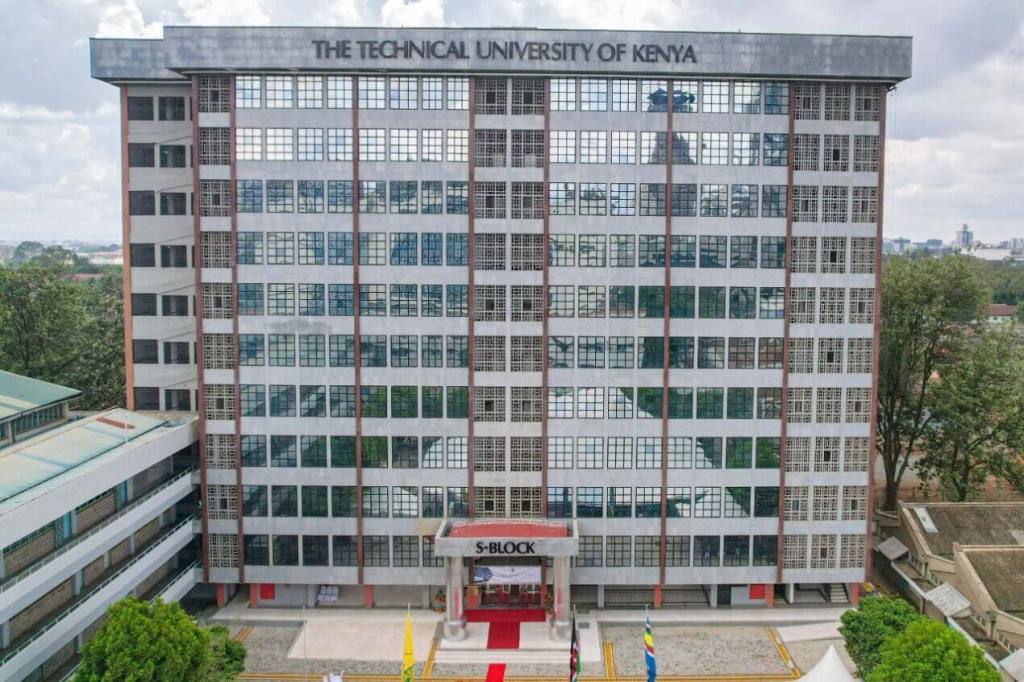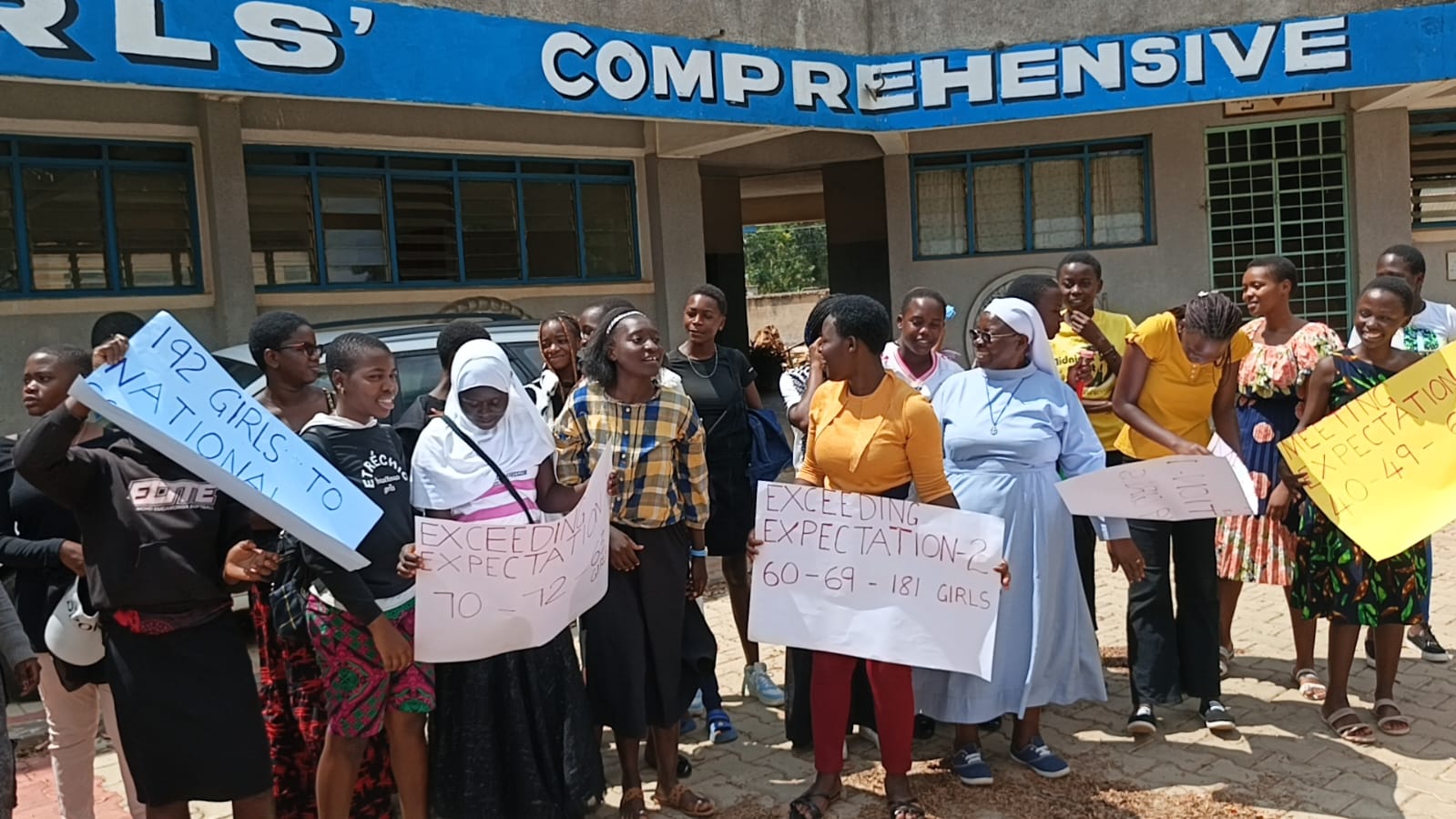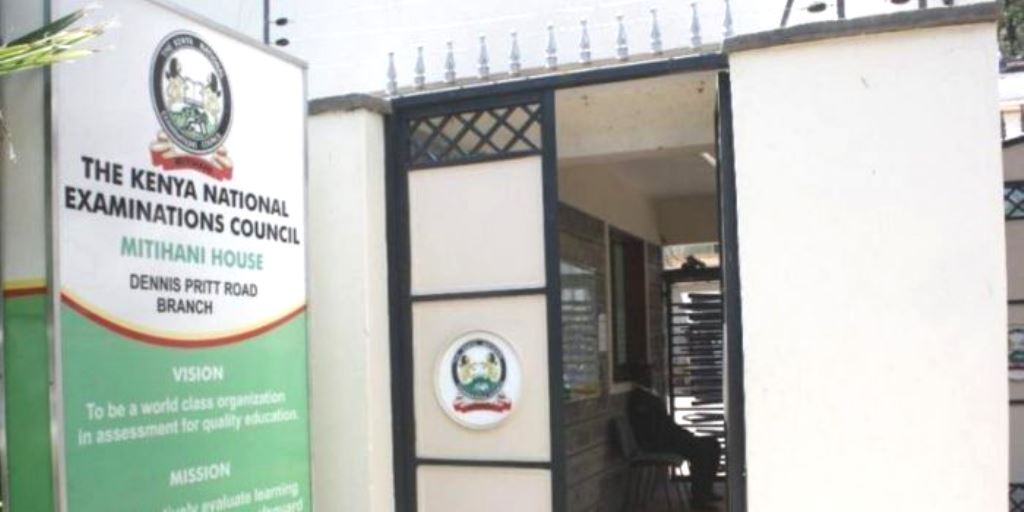Since independence in 1963, Kenya has relied on education commissions, committees, and task forces to review its education system and recommend reforms. These bodies have played a central role in shaping the philosophy, structure, and content of education, responding to changing political, economic, and social realities. The first was the Kenya Education Commission of 1964–65, chaired by Professor Simeon H. Ominde. Popularly known as the Ominde Commission, it was tasked with reforming the colonial education system to serve the needs of a new nation. Its report stressed national unity, equality of opportunity, and relevance to Kenyan realities.
It recommended abolishing racial segregation in schools, introducing a curriculum that reflected African culture and history, promoting Kiswahili as a national language alongside English, and expanding access to education in rural areas. It retained the 7-4-2-3 structure but sought to make it more responsive to national development goals. The Ominde Report laid the philosophical foundation for post-independence education policy and established the Kenya Institute of Education (now KICD) for curriculum development.
In the early 1970s, a study often referred to as the Bessy or Bessay Report was commissioned to examine the cost and quality of education. It assessed manpower needs and the relevance of the curriculum to employment. While less well-known to the public, its findings influenced subsequent debates on diversifying education to prepare learners for both white-collar and skilled manual work. It underscored the need for practical subjects and vocational orientation, a theme that would recur in later reports.
The National Committee on Educational Objectives and Policies of 1975–76, chaired by Peter J. Gachathi, was appointed to review national educational aims in light of rapid expansion. Its report, widely known as the Gachathi Report, emphasised relevance to socio-economic needs, diversification of the curriculum, and the importance of technical and vocational education. It recommended expanding secondary school opportunities, especially in rural areas, and integrating work-oriented subjects such as agriculture, business, and home science. It also called for a closer relationship between education and employment, and for greater equity in access. Many of these ideas anticipated later structural reforms.
READ ALSO:
Adios Amigo: Justice (rtd) Philip Waki remembers Dr. Samuel W. Muindi
In 1981, the Presidential Working Party on the Second University, chaired by C. B. Mackay, was set up to plan for a second public university besides the University of Nairobi. While its immediate task was to recommend the establishment of Moi University, the Mackay Report went further by proposing the replacement of the 7-4-2-3 system with the 8-4-4 structure. The change, implemented from 1985, was intended to give learners eight years of primary, four years of secondary, and four years of university education, with greater emphasis on technical and vocational skills. Although controversial, the Mackay recommendations reshaped Kenya’s education structure for decades.
In 1988, the Presidential Working Party on Education and Manpower Training for the Next Decade and Beyond, chaired by James M. Kamunge, undertook a broad review of education financing, quality, and manpower needs. The Kamunge Report’s most significant recommendation was the introduction of cost-sharing in education, whereby the government, parents, and communities would jointly meet the cost of schooling. This policy was implemented in the early 1990s and had far-reaching consequences for access, particularly among poor households. The report also called for strengthening teacher education, improving management, and expanding technical and vocational training.
The Commission of Inquiry into the Education System of Kenya, appointed in 1998 and chaired by Professor David N. Koech, was the most comprehensive review since Ominde. Its report, titled Totally Integrated Quality Education and Training (TIQET), recommended restructuring basic education into 12 years: two years of pre-primary, six of primary, and four of secondary, followed by university or other post-secondary options. It proposed continuous assessment to complement national examinations, expansion of early childhood education, and stronger links between education and the labour market. However, political reluctance and resource constraints meant that most of its proposals were not implemented.
Following the adoption of the 2010 Constitution, the Task Force on the Re-alignment of the Education Sector to the Constitution of Kenya, appointed in 2011, was chaired by Professor Douglas Odhiambo. It reviewed the education sector in light of the new constitutional framework and Vision 2030. Its most influential recommendation was the adoption of a competency-based curriculum (CBC) to replace 8-4-4, with a 2-6-3-3-3 structure: two years of pre-primary, six of primary, three of junior secondary, three of senior secondary, and three of tertiary education. It also addressed governance reforms, teacher professional development, and equitable resource allocation.
The most recent high-profile body was the Presidential Working Party on Education Reform, appointed in September 2022 and chaired by Professor Raphael Munavu. Tasked with evaluating the implementation of CBC and proposing improvements, it conducted extensive public consultations across the country. Its 2023 report recommended retaining CBC but making adjustments to reduce parental costs, improve infrastructure, and clarify transition points. It proposed domiciling junior secondary in primary school facilities for the time being, enhancing teacher preparedness, and strengthening technical and vocational education pathways.
Across six decades, these commissions reveal recurring themes. Each has stressed the need for education to promote national unity, be relevant to socio-economic needs, ensure equitable access, and adapt to changing national and global contexts. Many have identified the central role of teacher quality, the challenge of sustainable financing and the importance of balancing academic and practical skills. However, the gap between recommendations and implementation remains a persistent problem. Political will, adequate resources, and consistent follow-through have often been lacking, leading to partial or delayed reforms. Nevertheless, the reports form an important archive of Kenya’s evolving vision for education, and their collective wisdom continues to inform ongoing debates about how best to prepare learners for life and work in the twenty-first century.
By Ashford Kimani
Ashford teaches English and Literature in Gatundu North Sub County and serves as Dean of Studies
You can also follow our social media pages on Twitter: Education News KE and Facebook: Education News Newspaper for timely updates.
>>> Click here to stay up-to-date with trending regional stories
>>> Click here to read more informed opinions on the country’s education landscape






